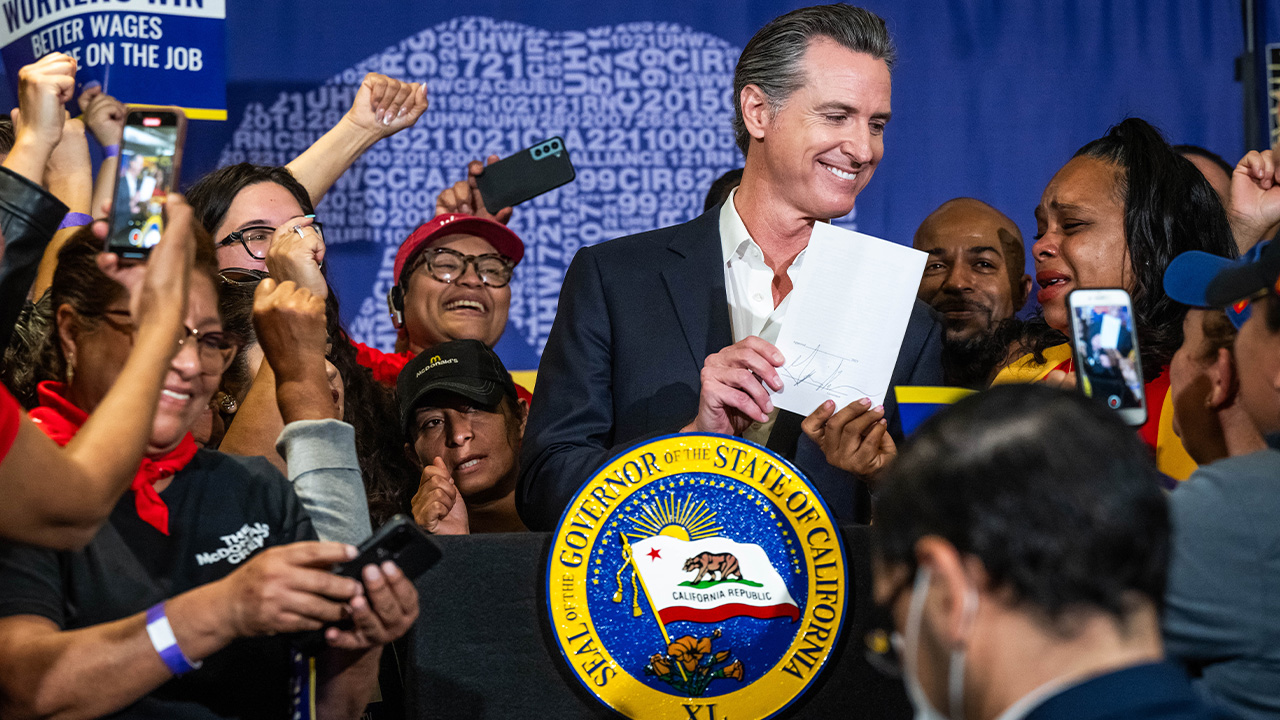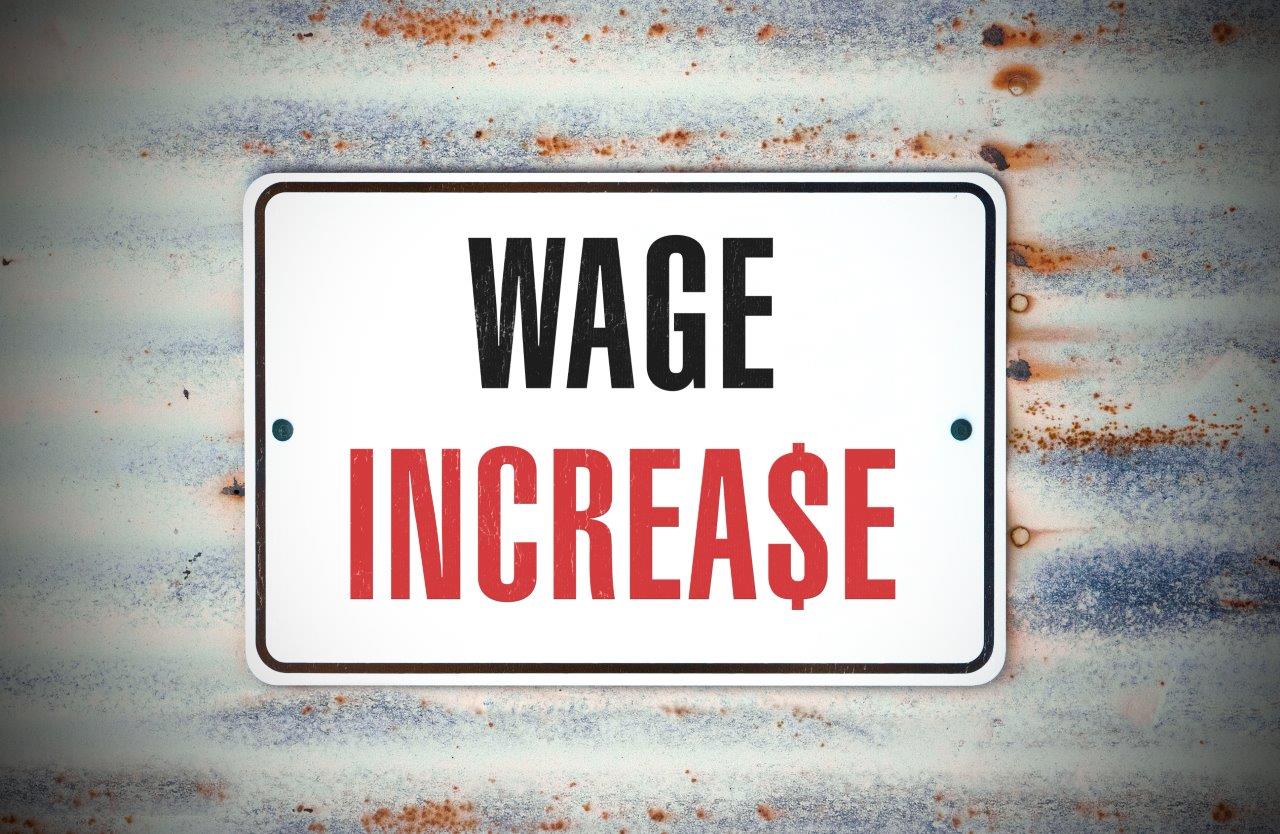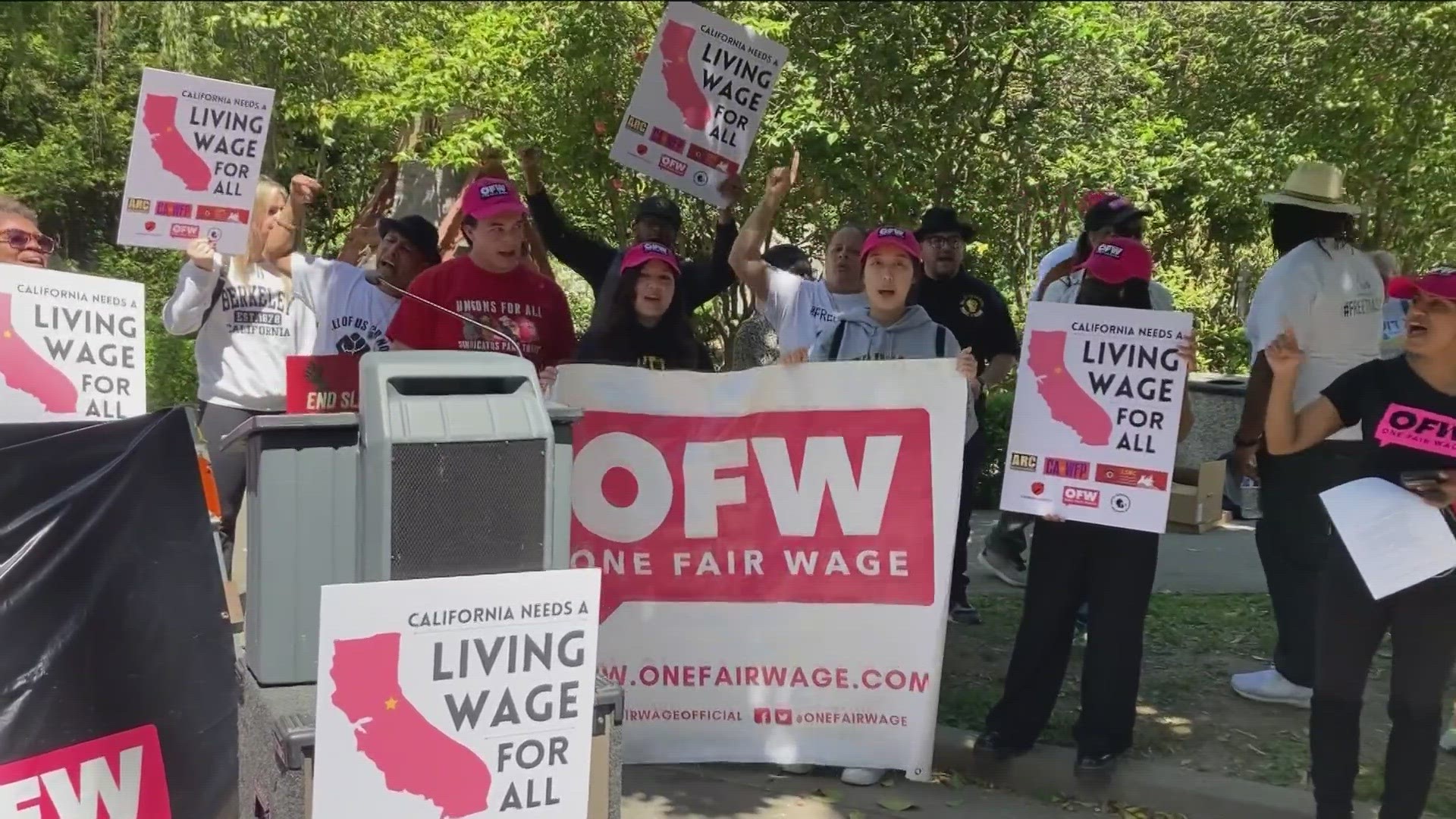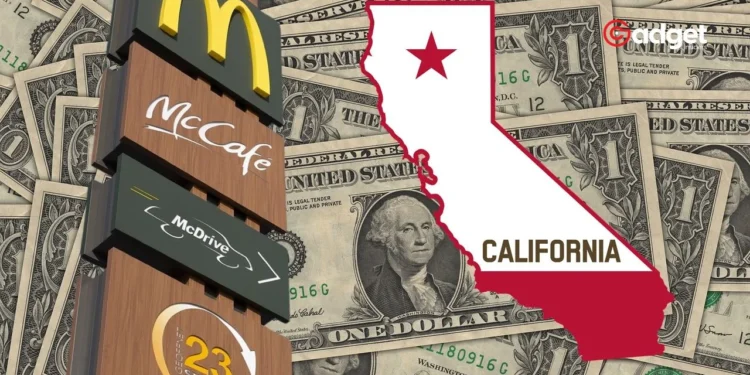As California grapples with an escalating cost of living, the state’s workforce is campaigning for a significant increase in minimum wage rates. The movement, initiated by various labor unions and worker groups, is now centering around a bold demand for a $30 per hour minimum wage. This initiative follows closely on the heels of recent hikes for fast food and healthcare workers, setting a precedent for further adjustments in other sectors.

The Starting Point: Fast Food Workers’ Wage Hike
The discussion around wage increases gained momentum with the recent adjustment to a $20 minimum wage for fast food workers. This increase was seen as a necessary response to the surging living costs but brought with it a set of challenges, including layoffs and reduced hours for some employees. Scott Rodrick, an owner of multiple McDonald’s franchises, noted, “The last few weeks have been a whirlwind. We’re trying to survive while adapting to these new financial pressures.” Indeed, Rodrick’s franchises, like many others, have been forced to raise prices to cope with increased labor costs.
We Knew This Would Happen. California $20 Fast Food Minimum Wage Increase Causing Mass Layoffs pic.twitter.com/GG2hKbFei5
— 🔥⭐️Edwin⭐️🔥 (@Nuked4Every1) April 18, 2024
Expanding Horizons: Hotel and Service Workers’ Wage Proposals
In Long Beach, hotel workers are set to receive an incremental wage increase starting from $23 per hour in July 2024, eventually reaching $29.50 by 2028. Similarly, in San Diego, labor unions are advocating for a $25 hourly wage for hotel and other service workers, a nearly 50 percent increase from the current minimum. These proposed hikes reflect a broader trend towards recognizing the need for wage adjustments in response to economic pressures.

Automation and Its Implications
Amid these wage discussions, the role of automation has become a significant talking point. A Pasadena restaurant’s incorporation of kitchen robots in January highlights a shift towards automatisation, spurred by the need to manage operational costs. According to a study, robots could potentially handle up to 82% of jobs in the restaurant sector, a statistic that underscores the dual challenges of technological advancement and employment.
Impact on Small Businesses and Inflation
Small businesses have felt the strain of these wage increases. Some establishments have shuttered, while others paused expansion plans. The ripple effects extend to the pricing strategies of remaining businesses, which have had to increase menu prices to offset higher wages. Moreover, inflation has exacerbated these pressures, with the cost of essential ingredients reportedly surging by up to 30%, prompting restaurants to adjust their pricing further.
Public Reaction and Health Trends
Public support for wage increases remains strong, with a majority endorsing the hike. However, the economic landscape is changing consumer behavior, with many opting for healthier, home-cooked meals over dining out. This shift not only impacts fast food chains but also reflects a broader, health-conscious trend that could reshape the industry.

Future Projections and Legislative Outlook
While some workers and unions look to 2028 and beyond for a $30 minimum wage, the immediate future remains uncertain. Legislative proposals and public debates will likely continue as stakeholders assess the feasibility and implications of such increases. As California moves forward, the balance between supporting workers and sustaining businesses remains a critical challenge that policymakers must navigate.
At the Crossroads: California’s Minimum Wage Debate
California’s minimum wage debate is more than a local issue; it’s a reflection of broader economic shifts and societal values. As workers advocate for fair compensation amid rising living costs, the state stands at a crossroads, with its decisions likely to set precedents for other regions facing similar dilemmas.










